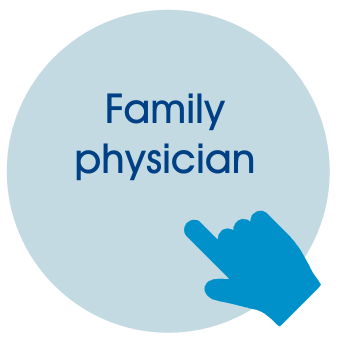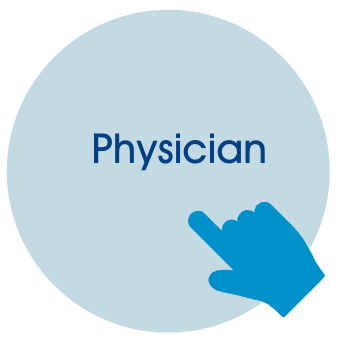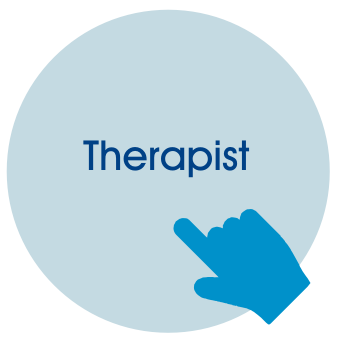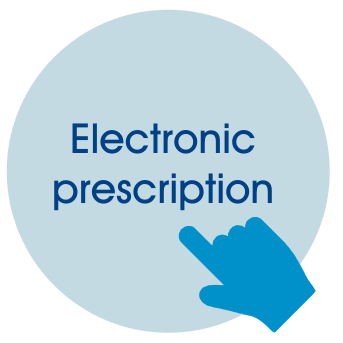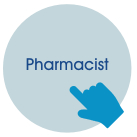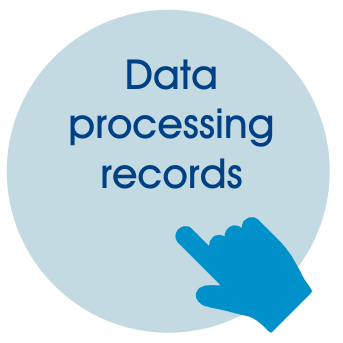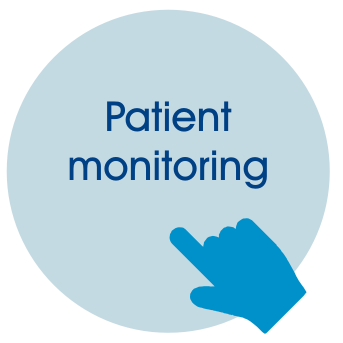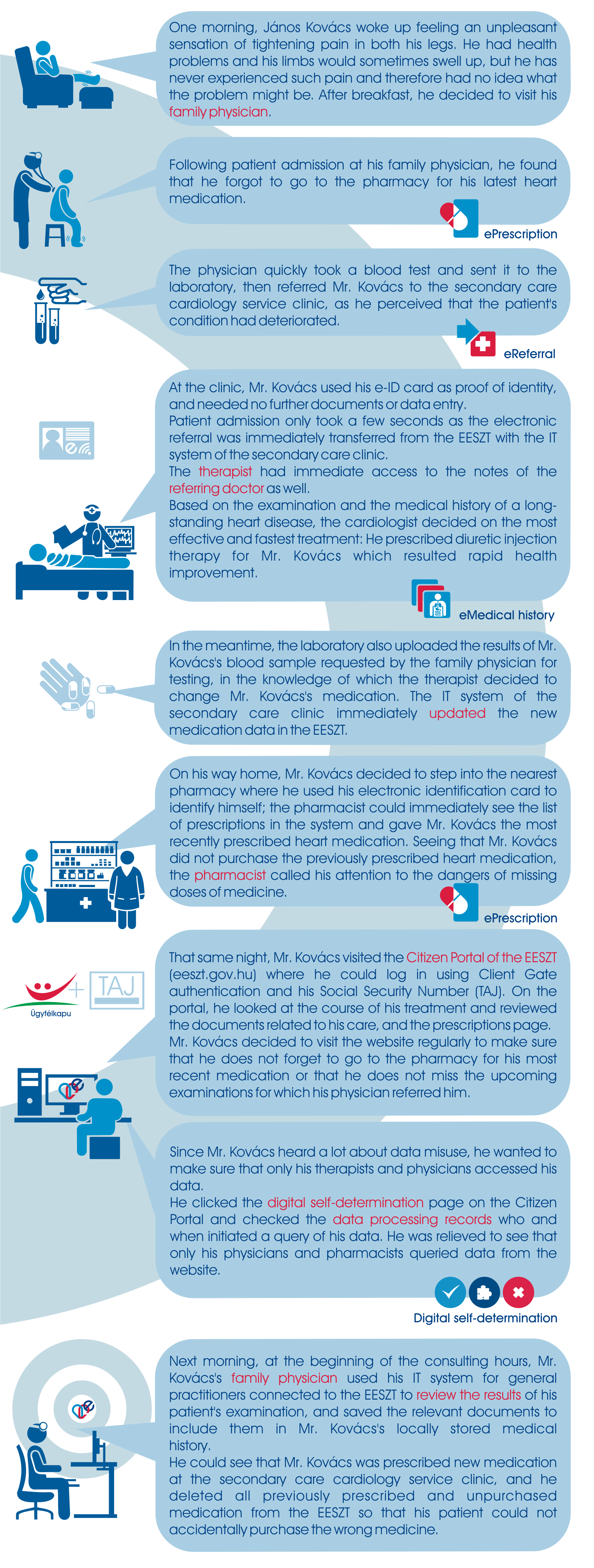
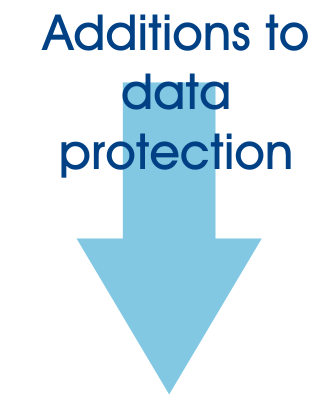
Data protection supplement
The general practicioner, as treating physician, has access to the list of prescribed and filled prescription drug in the National eHealth Infrastructure, so he/she can see whether his/her patient has had the heart medication filled. This information significantly helps the physician in planning further tests and setting up a diagnosis.
In this case, too, the physician uses the new service provided within the EESZT, the eReferral. The eReferral differs from traditional referrals in that no paperwork is necessary. The patient can view his/her referral anywhere on the EESZT portal (http://www.eeszt.gov.hu) and print the related information, if necessary. The patient also has the option to request a certificate on the fact and data of referral from the physician.
As the treating physician, the specialist physician performing the examination also queried data relating to medical treatment, medication and tests, so he/she could see that the patient did not fill in the prescribed heart medication. The EESZT ensures secure access to data to all physicians who are treating physicians of the patient, in relation to whom the patient does not restrict access rights to data stored in the EESZT. Obviously, the specialist physician could access all data and test results relating to the referral provided by the general practitioner.
The Health professional prepared an electronic prescription and just as medical referrals, it is sufficient if it exists only in a form that can be interpreted by machines. The system ensures that the authorised therapists and pharmacists can access the prescribed drugs and drug prescription data, and use it in their healing practices. Until the end of 2018, the patient will have received a printed prescription certificate from the medicine doctor, and can subsequently request one. A prescription certificate also authorises a third person to redeem a drug prescription. As the example shows, if just one patient forgets to redeem a drug prescription, it can complicate things greatly.
The pharmacist has the option to access medication data through the EESZT (National eHealth Infrastructure) in order to provide useful assistance within the framework of pharmacological care to those in need. The pharmacist had the right to do so even before the implementation of the EESZT (National eHealth Infrastructure) but had no access to up-to-date information: they could only access such data with a certain lead time, which in many cases made their work difficult or unnecessary.
Public portal: The EESZT (National eHealth Infrastructure) was meant to provide the patient access to as much information about their own treatment as possible. As a result, – like their therapists – patients now have the opportunity to access their up-to-date health care data and download any treatment documents, from the comfort of their own home. The EESZT (National eHealth Infrastructure) portal also allows the patient to request notification about any documents (referrals, prescriptions or other health care documents) entered into the EESZT (National eHealth Infrastructure) system.
Data access log: The EESZT (National eHealth Infrastructure) logs every instance of data access, which are available to the patient in order to control the way their data is handled. This feature provides the patient a level of transparency which was not available before, and gives the patient almost unlimited control of their data.
Patient monitoring: The General Practicioner will have access to treatment encounters and any relevant documentation of his own patients included in the EESZT (National eHealth Infrastructure), similarly to how he currently receives information on these on paper and records it in his register. Since the patient did not redeem the prescribed drugs, having been prescribed by the General Practicioner himself, the practicioner also has the right to withdraw the electronic prescription.



